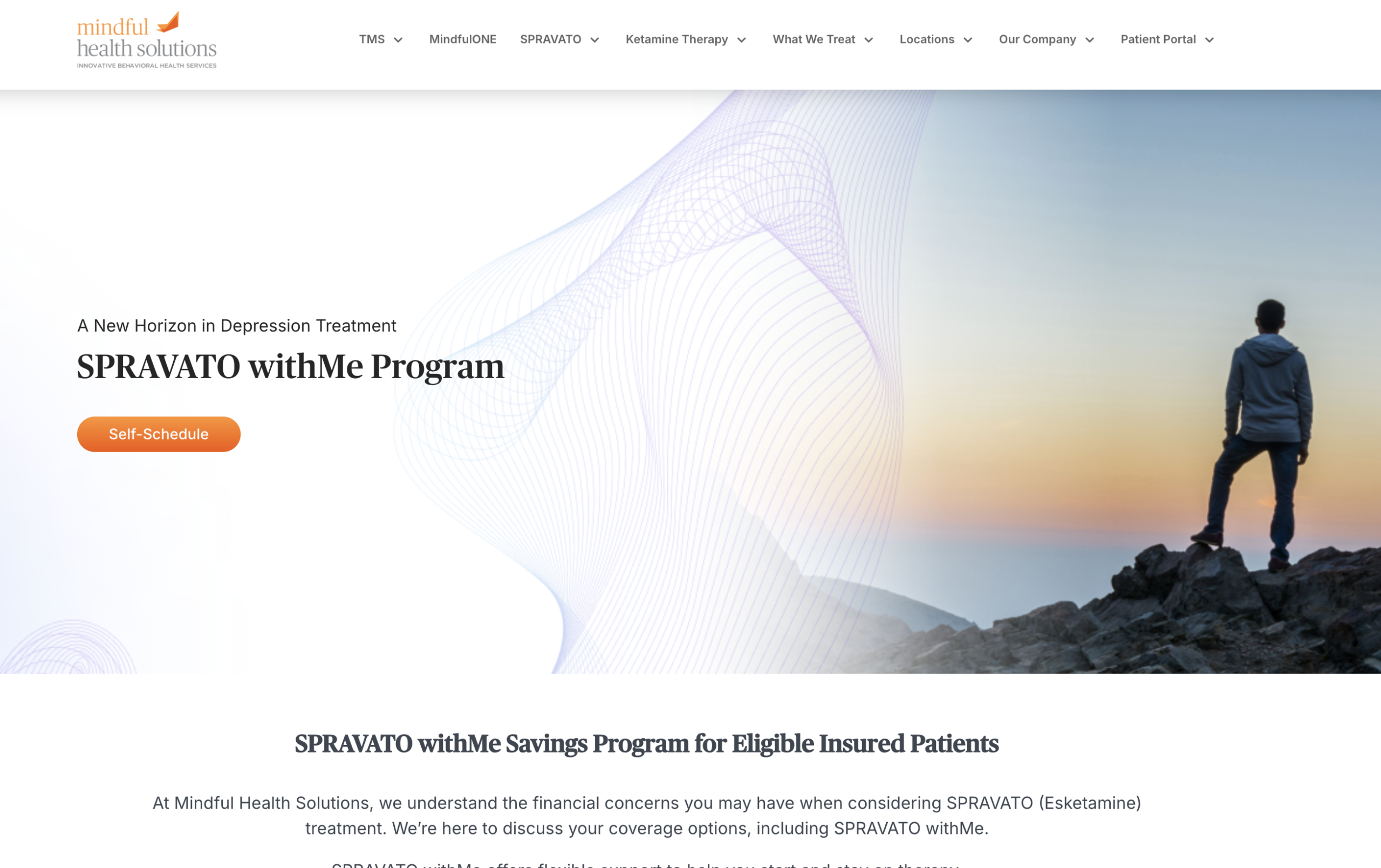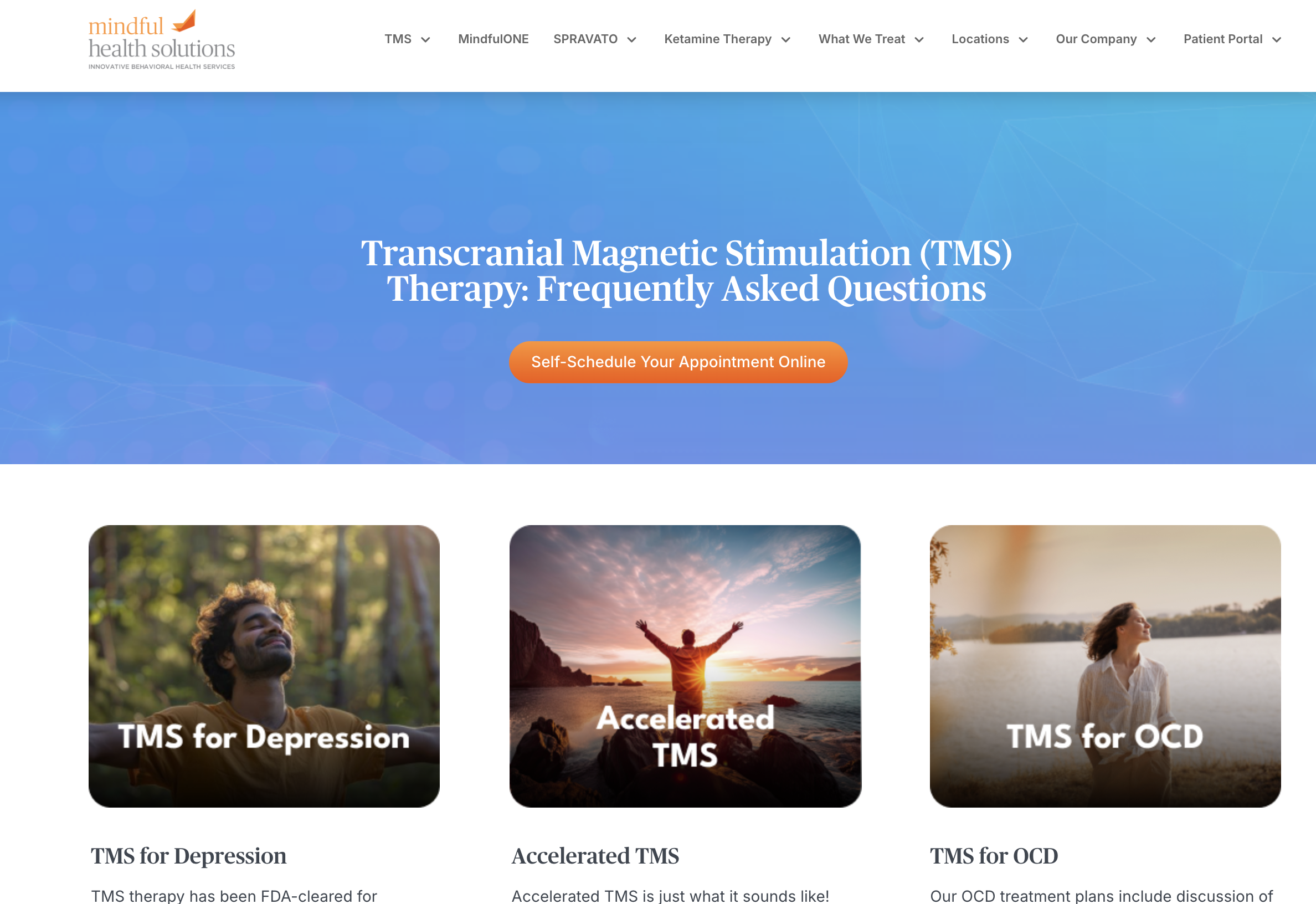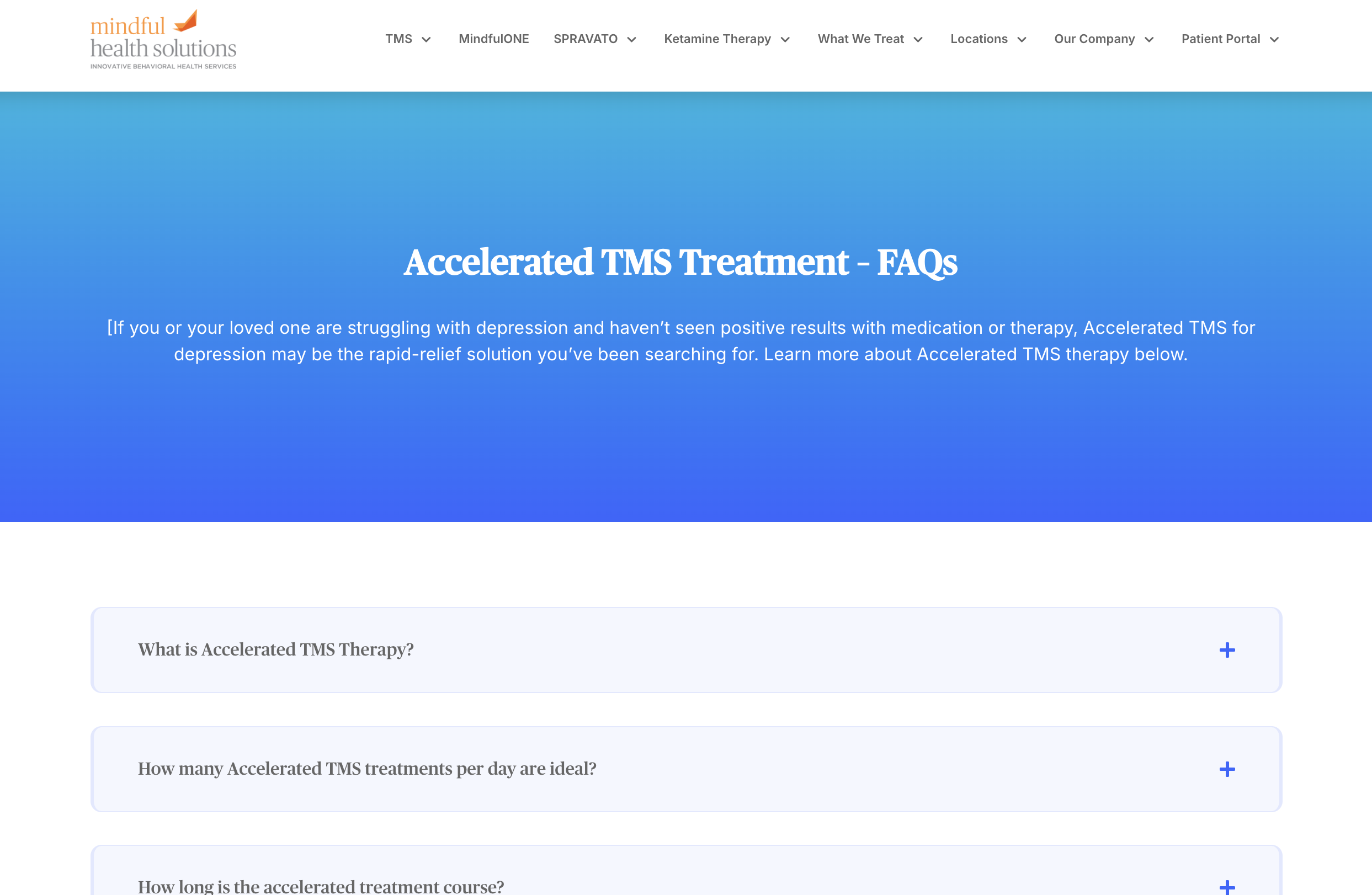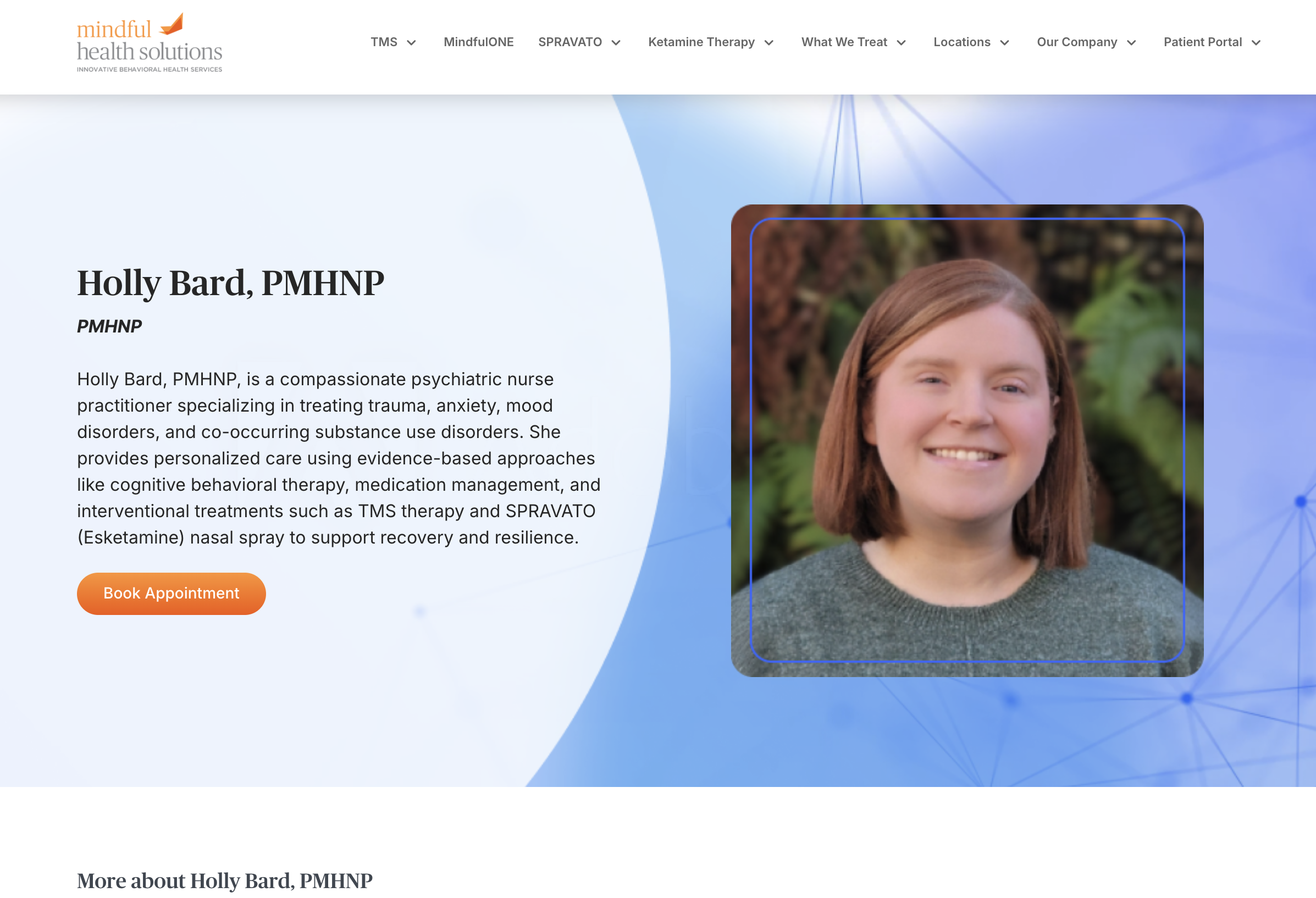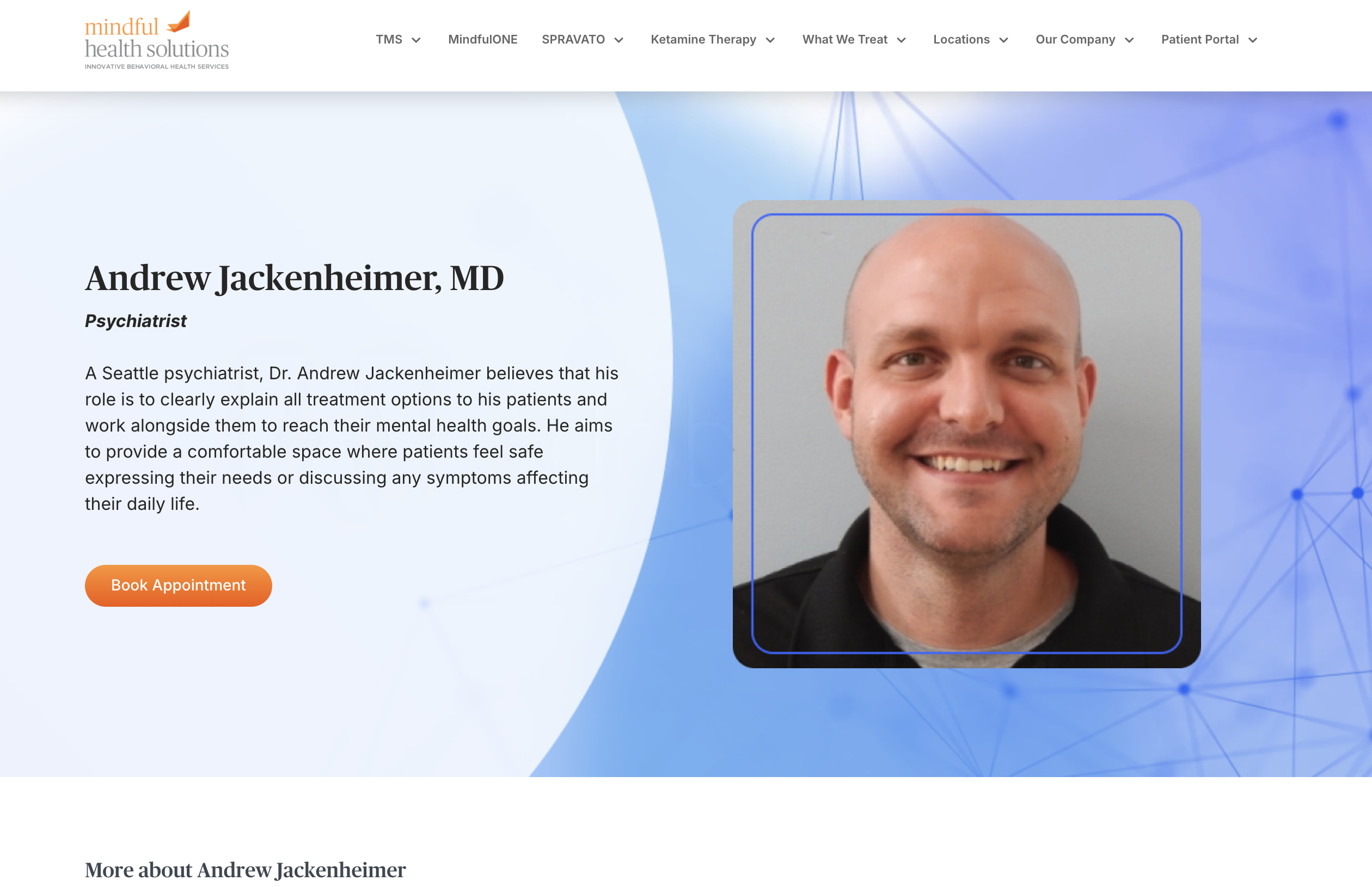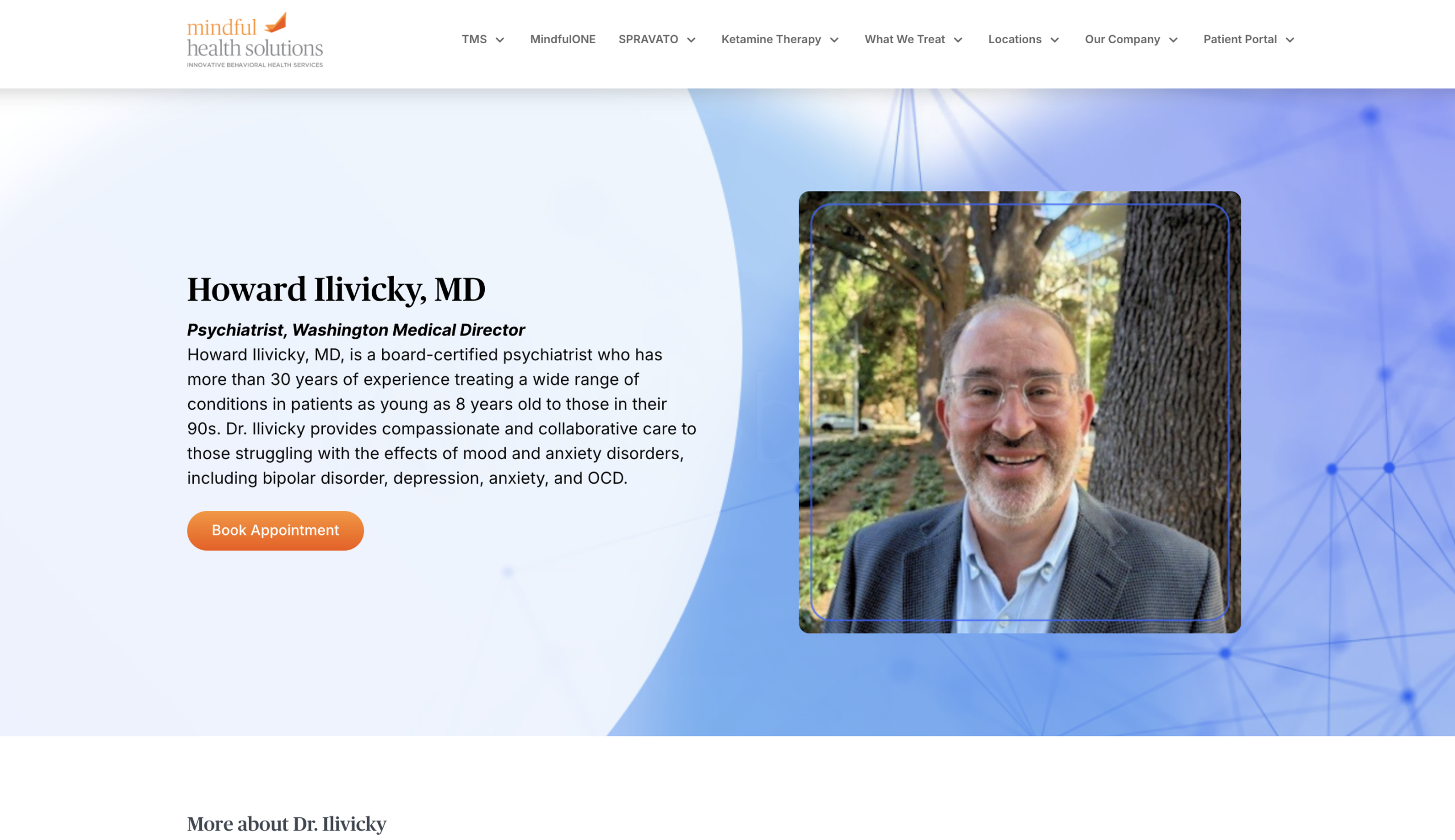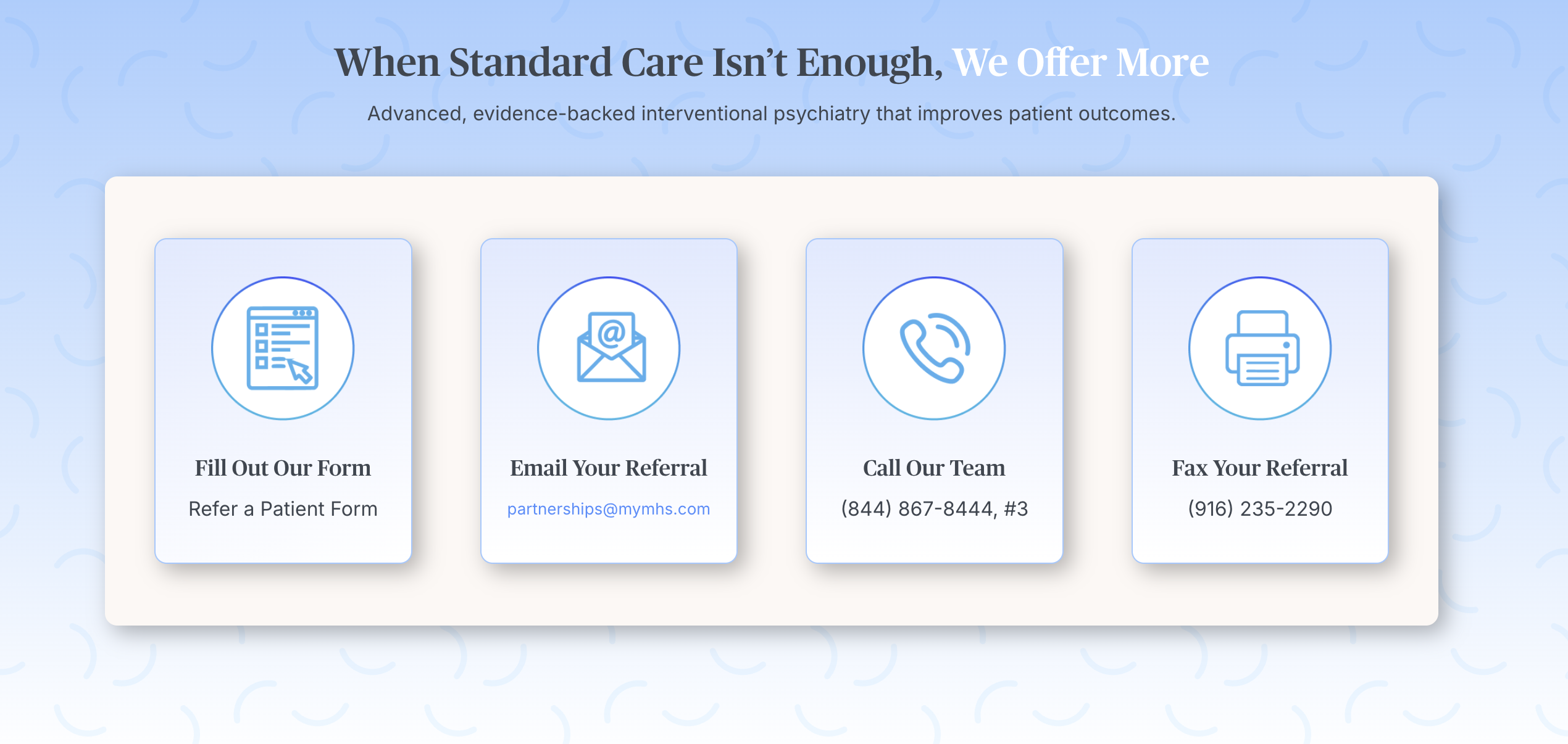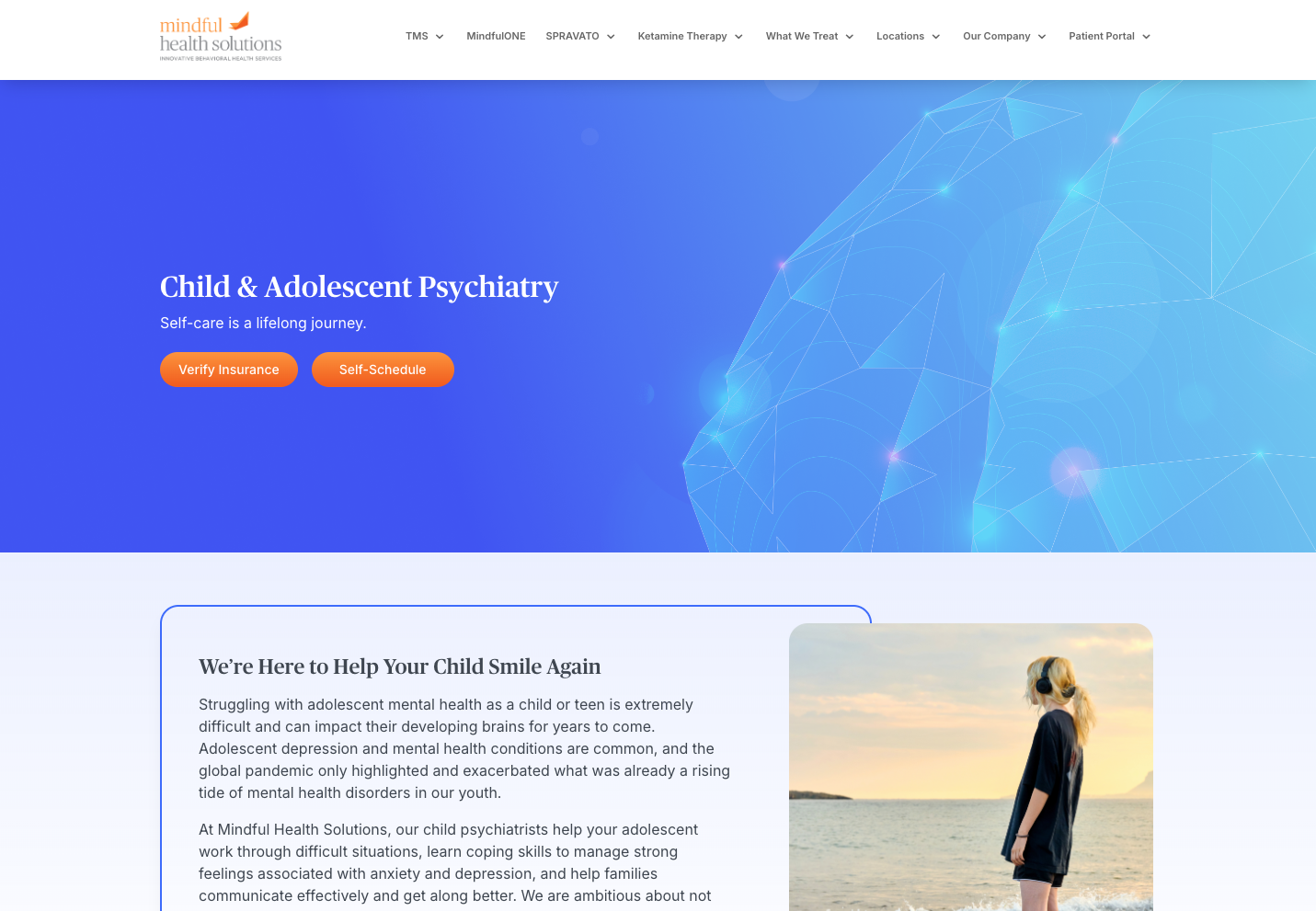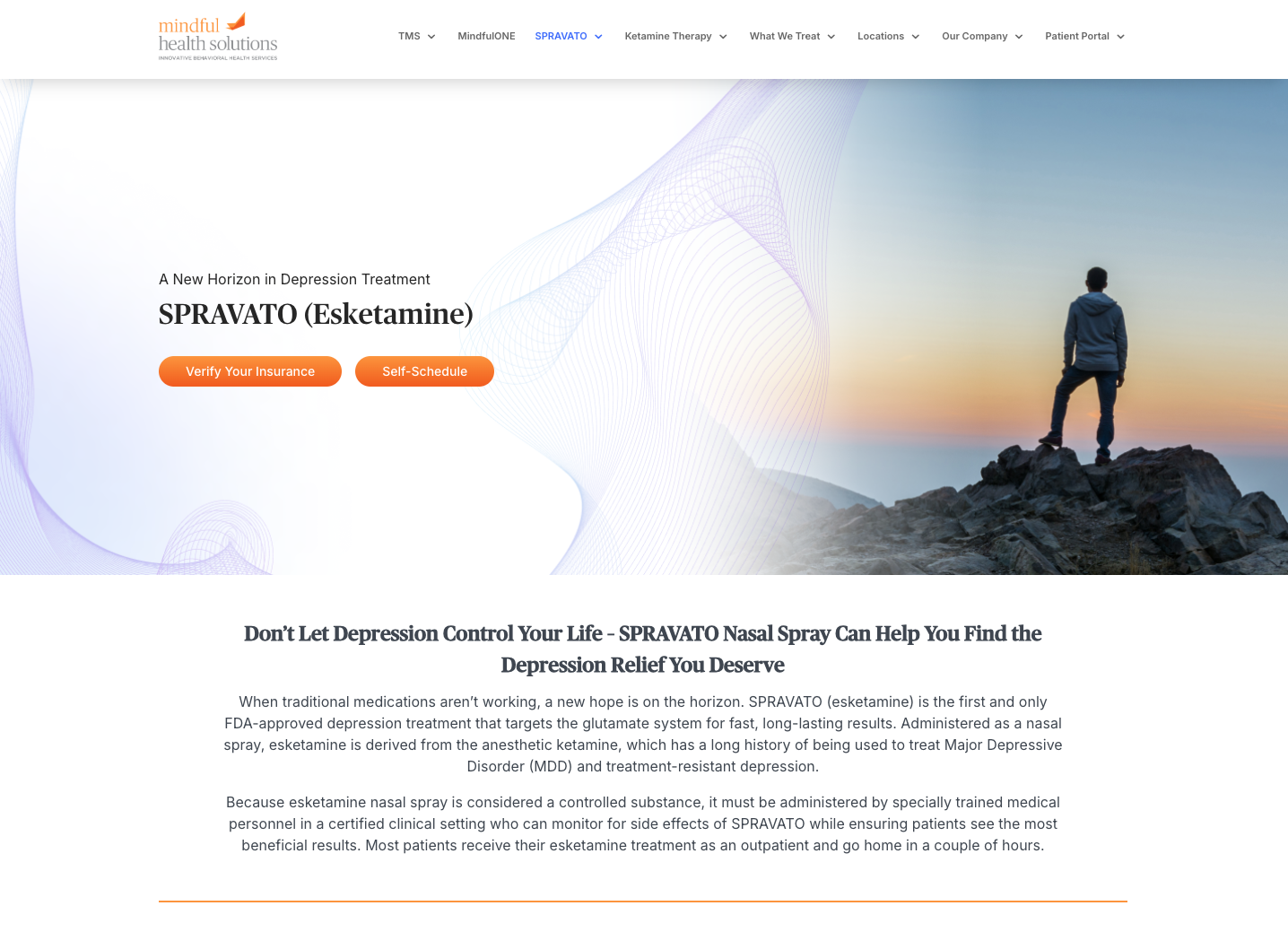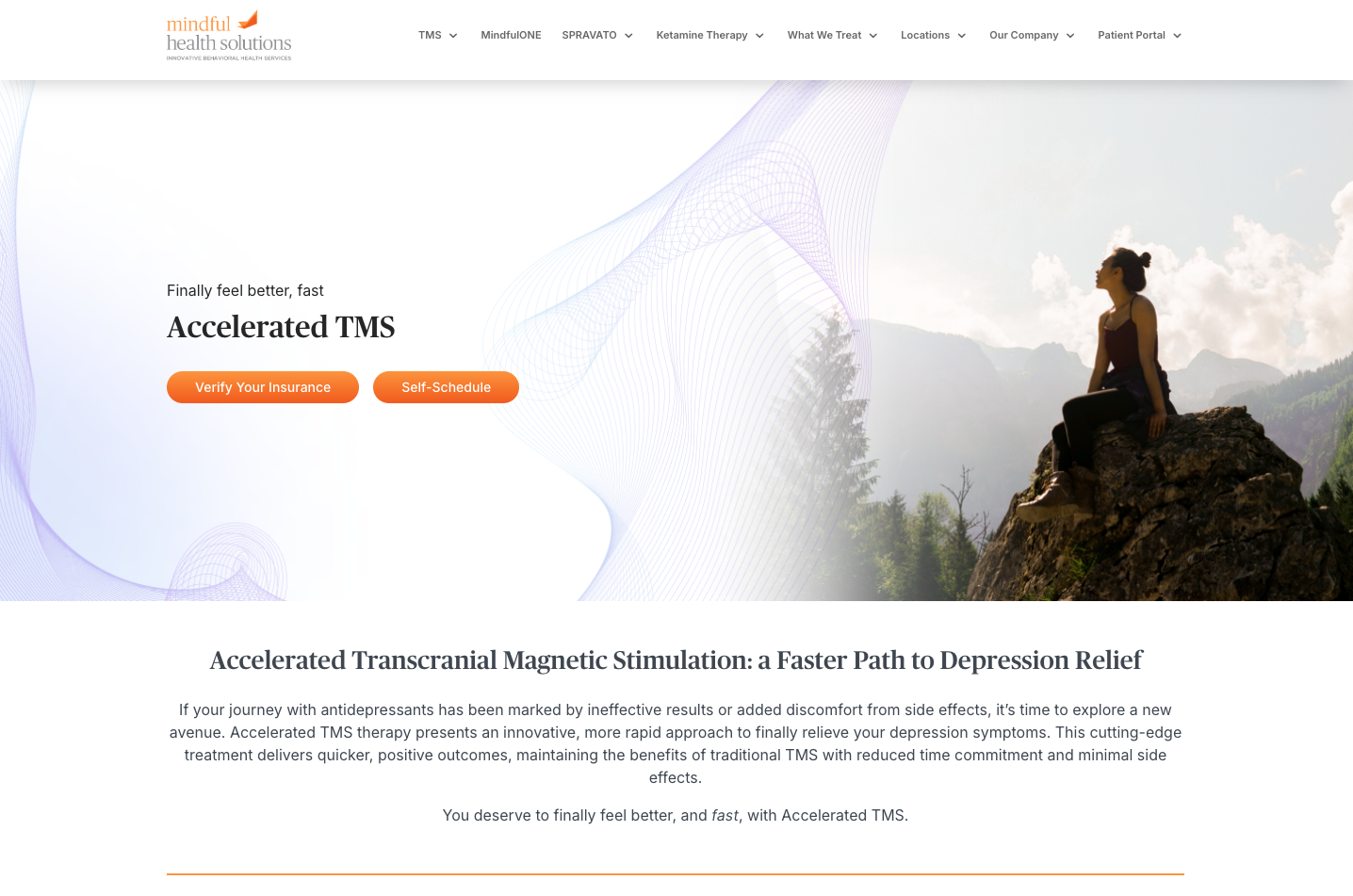Navigating the world of mental health treatments can often feel overwhelming, especially when it comes to understanding potential side effects. A revolutionary treatment on the scene is Transcranial Magnetic Stimulation (TMS), which has shown life-changing results in treating depression. In this article, we will focus on the side effects of TMS. We’ll discuss its effectiveness, both common and rare side effects, and how they can be managed, to provide you with a clear understanding of this innovative treatment option. So, let’s delve in and shed light on what to expect from TMS.
Understanding Transcranial Magnetic Stimulation (TMS)
Transcranial Magnetic Stimulation, or TMS as it’s commonly known, is an innovative mental health treatment. By using magnetic fields to stimulate nerve cells in the brain, TMS offers a non-invasive solution for treating depression and various other mental health disorders. Specifically, it is FDA-approved for treating treatment-resistant depression (TRD), which is when someone doesn’t find relief from two or more antidepressants. Ultimately, TMS becomes a light in the dark when other conventional treatments haven’t delivered the desired results.
What makes TMS unique is the way it targets the brain. It doesn’t broadly impact your body like medication. Instead, it is a more precise action that only impacts the part of your brain that matters most. The TMS device delivers localized electromagnetic pulses to your prefrontal cortex, the part of your brain that’s primarily responsible for regulating mood. These pulses stimulate neurons, triggering the release of neurotransmitters and hormones like serotonin and dopamine. These chemicals are the ‘feel-good’ factors that help alleviate depression symptoms. The stimulation from TMS causes these neurons to continue releasing these neurotransmitters over an extended period, making it a more long-lasting solution than other treatments, such as antidepressants.
What is TMS? Get an in-depth understanding.
The Effectiveness of TMS
Now, let’s explore the statistical side of things. The real measure of any treatment lies in its effectiveness, and TMS doesn’t disappoint. For patients who’ve had two unsuccessful rounds of antidepressants, TMS offers renewed hope. Such individuals are twice as likely to achieve remission with TMS compared to sticking with medication alone.
What’s more, TMS has an impressive success rate. Approximately 60% of patients who receive TMS treatment experience significant improvement in their symptoms. It’s not just a short-term solution either. Patients who’ve received TMS treatment have been shown to have a higher recovery rate from depression at their 12-month follow-up compared to those who opted for conventional medication alone.
Explore the pros and cons of treating depression with TMS.
Mild and Short-Lasting TMS Side Effects
As we’ve touched on, TMS does have side effects. Yet, the majority of these are mild and typically short-lived. The most common side effects include headaches, fatigue or sleepiness, lightheadedness, and scalp discomfort. Some people might also experience twitching or tingling in their facial muscles.
The good news is that these side effects usually subside within a few hours after the treatment session, and usually stop occurring within the first two weeks of treatment as the body adapts to the procedure. Also, patients are welcome to use pain relievers such as ibuprofen to manage these side effects. Although inconvenient, these sensations become less bothersome over time. It’s also reassuring to know that these side effects rarely cause patients to discontinue the treatment.
Addressing More Serious TMS Side Effects
On rare occasions, TMS can lead to more serious side effects. These might include seizures, hearing issues, and mania. Please note that the risk of TMS-caused seizures is 0.1%, hearing issues are caused by the loud clicking noise during treatment but can be avoided with earplugs, and mania is a side effect that mainly impacts individuals with bipolar disorder. While these side effects are very infrequent, they are more severe, and hence, it’s crucial to be aware of them.
Rest assured, TMS providers are well-equipped with the expertise to minimize these risks. They can adjust treatment protocols based on individual responses to ensure maximum safety and effectiveness for each patient.
Managing TMS Side Effects: A Partnership Approach
Experiencing side effects from TMS is not a cause for alarm. There are simple strategies that can help manage these. Over-the-counter medication can often alleviate headaches, for example. However, open communication with your healthcare provider is a crucial factor in managing side effects.
Your provider can tweak your treatment plan to minimize discomfort, making your treatment journey smoother. It’s a partnership, with your provider guiding you through each step of the process, ensuring you receive the most comfortable and effective care.
Risk Factors and Contraindications
While TMS is generally safe, certain conditions could pose additional risks. TMS might not be suitable for individuals with metal implants in the head, excluding dental fillings and braces. For pregnant women, the safety of TMS is still being researched, making it crucial to have a detailed discussion with your healthcare provider.
Have more questions about TMS? Look through our FAQs!
TMS offers a promising way forward in treating treatment-resistant depression. While it has potential side effects, they are mostly mild and short-lasting. A conversation about these side effects with your healthcare provider before starting TMS treatment is an important step in your health journey.
Remember, accurate information and professional guidance are crucial to making the right decision for your health. Reach out to us today by calling or texting 844-867-8444 for more information or support regarding TMS treatment. It’s your health, and you have the right to fully understand all aspects of your treatment.

